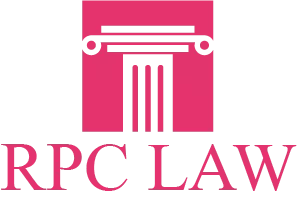The legal system wants a judge to demonstrate impartiality during a court proceeding. For that reason, it has put in practice an action that is called an application. Injury Lawyer in Richmond Hill use applications to make a request during a personal injury lawsuit. Lawyers have chosen to refer to each application as a motion. Each motion should take the form of a file. That file should include mention of the time that the motion will be heard in the courtroom.
Still, the application’s file remains incomplete, unless it also includes certain pieces of evidence. That needs to be evidence that supports the motion. Once a given motion has been made, the opposing party has 4 days in which to respond to that filed document (motion).
Types of motions that can be made
Opposing: This takes the form of a response to a request made by the opposing party. The lawyer for the client that made the request acknowledges the opposing side’s desire for relief. Still, the same attorney disputes the search for relief.
Motion in consent: This is a different sort of response to a similar request. It gets made willingly, without any mention of a dispute. The respondent that submits this application agrees to the requested relief.
Unopposed motions: These are applications that state neither consent to nor opposition to any motion’s proposal or request.
Motion for medical examination: A lawyer uses this application when the physical or mental condition of any party involved in a case has come into question.
Motions used for requesting some amendment, addition or extension
• Request for time extension
• Request for addition to statement; addition could get made to statement in a claim or a defense.
• Requesting amendment to a statement; amendment can be tacked onto statement in a claim or a defense.
Motion that takes the form of a move
Move for court-ordered production of a given document; a lawyer cannot demand production of such a document, but the court can. A lawyer can move for production of such a document, in hopes that the judge will issue an order to that works to guarantee the lawyer’s request.
Reasons for using application during appeal process
This could be used to attempt an overthrow of an appeal; the court does not guarantee success for such applications because the judge determines whether or not the appeal will be granted. Might get used to reverse a decision; this would serve much the same purpose as an opposing motion. The motion’s role has been superseded by a different action, when such reasoning motivates an attorney during the appeal process. This provides lawyers with a way to submit new evidence; controls method used for presentation of such evidence.
